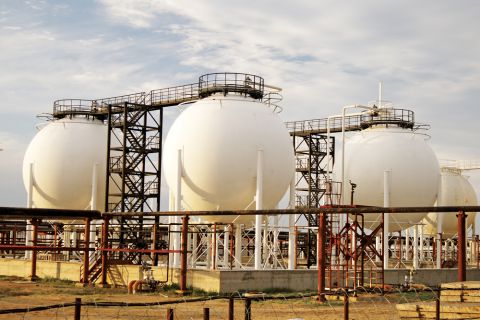Ships sailing to the U.S. port of Baltimore dropped anchor in waters nearby while vessels were stranded inside the port after traffic was halted following a bridge collapse, shipping data showed on March 26.
A 948-ft container ship smashed into a four-lane bridge in the port in darkness early on March 26, causing it to collapse and sending cars and people plunging into the river below.
Port traffic was suspended until further notice, Maryland transportation authorities said.
At least 13 vessels that were expected to load coal were anchored near the Baltimore port, according to analysis from data and analytics group Kpler.
Other vessels waiting nearby included container and cargo ships, separate ship tracking data from MarineTraffic showed.
Three vessels inside the port had been due to load commodities, while other smaller ships, including pleasure crafts, were also unable to leave, separate data showed.
The Klara Oldendorff, one of the dry bulk vessels inside Baltimore port, was undamaged but ship transits were halted until further notice, the vessel's Germany-based owner Oldendorff Carriers told Reuters.
Container shipping traffic was also impacted.
Top Danish container shipping group Maersk said due to the damage to the bridge and resulting debris, it was omitting Baltimore port from all its services "for the foreseeable future, until it is deemed safe for passage through this area."
The container ship Dali, which collided with the bridge on March 26, was chartered by Maersk at the time of the incident in Baltimore.
"With most of Baltimore's port terminals and all of its container terminals behind the collapsed bridge, containerized exports at or planning to depart from Baltimore will either need to wait until the waterway re-opens, or be rerouted by truck or rail to alternate ports," said Judah Levine of global freight platform Freightos.
Those could include Philadelphia, or the more major hubs like Norfolk, New York and New Jersey, Levine said.
"Exporters choosing these options could face increased trucking and rail rates if enough volumes are shifted to other ports."
Baltimore port's private and public terminals handled 847,158 autos and light trucks in 2023, the most of any U.S. port.
The port also handles farm and construction machinery, sugar, gypsum and coal, according to a Maryland government website.
It was unclear how many car carriers were affected.
"While Baltimore is not one of the largest U.S. East Coast ports, it still imports and exports more than one million containers each year, so there is the potential for this to cause significant disruption to supply chains," said Emily Stausbøll, market analyst at Xeneta, an ocean freight shipping rate benchmarking and intelligence platform.
Stausbøll said the incident would add to challenges to ocean freight services—including drought in the Panama Canal and attacks on Red Sea shipping-which have pushed Far East to U.S. East Coast rates up by 150% in recent months.
Recommended Reading
For Sale, Again: Oily Northern Midland’s HighPeak Energy
2024-03-08 - The E&P is looking to hitch a ride on heated, renewed Permian Basin M&A.
E&P Highlights: Feb. 26, 2024
2024-02-26 - Here’s a roundup of the latest E&P headlines, including interest in some projects changing hands and new contract awards.
Gibson, SOGDC to Develop Oil, Gas Facilities at Industrial Park in Malaysia
2024-02-14 - Sabah Oil & Gas Development Corp. says its collaboration with Gibson Shipbrokers will unlock energy availability for domestic and international markets.
E&P Highlights: Feb. 16, 2024
2024-02-19 - From the mobile offshore production unit arriving at the Nong Yao Field offshore Thailand to approval for the Castorone vessel to resume operations, below is a compilation of the latest headlines in the E&P space.
TotalEnergies Acquires Eagle Ford Interest, Ups Texas NatGas Production
2024-04-08 - TotalEnergies’ 20% interest in the Eagle Ford’s Dorado Field will increase its natural gas production in Texas by 50 MMcf/d in 2024.





